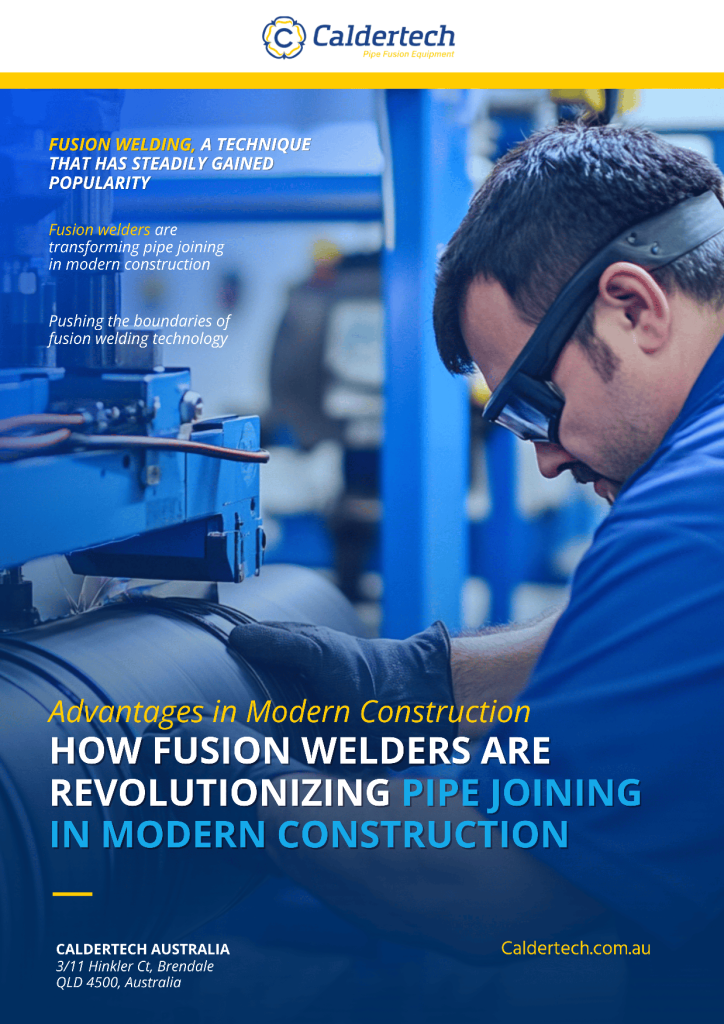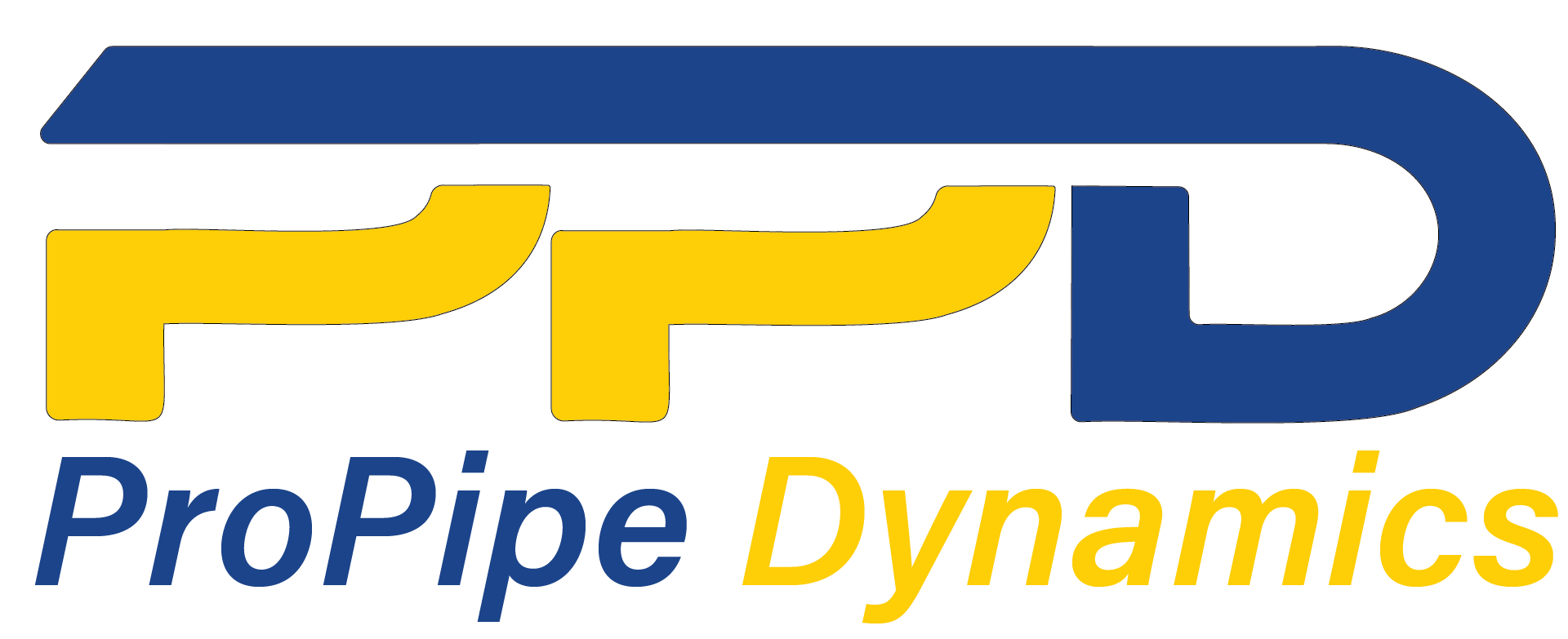In the ever-evolving world of construction, the efficiency and durability of pipe joining methods are crucial for the success of any project. Fusion welding, a technique that has steadily gained popularity, is at the forefront of this revolution, offering superior solutions for joining pipes in various applications. This article explores how fusion welders are transforming pipe joining in modern construction, enhancing both the quality and speed of installations.
Advantages of Fusion Welders in Modern Construction
Fusion welding has gained traction in modern construction due to the numerous advantages it offers over traditional pipe joining methods:
Leak-Free Joints: One of the most significant benefits of fusion welding is the creation of leak-free joints. The fusion process creates a continuous, seamless connection that eliminates potential weak points where leaks could occur. This is particularly important in applications involving the transport of gas, water, or hazardous materials.
High Durability and Strength: Fusion welds are as strong as the pipe material itself, providing excellent resistance to environmental stress, pressure fluctuations, and mechanical impacts. This ensures the longevity of the pipe system, reducing the need for repairs and maintenance.
Corrosion Resistance: Unlike metal pipes, thermoplastic pipes joined by fusion welding are immune to corrosion. This makes them ideal for use in harsh environments, such as chemical processing plants, water treatment facilities, and underground installations.
Cost-Effective: While the initial investment in fusion welding equipment may be higher than in traditional methods, the long-term cost savings are substantial. The durability and reliability of fusion welds reduce the likelihood of leaks and failures, leading to fewer repairs, less downtime, and lower maintenance costs.
Versatility: Fusion welding is versatile and can be used with a wide range of pipe sizes and materials. This flexibility makes it suitable for various applications, from large-scale infrastructure projects to small residential installations.
Improved Safety: Fusion welding reduces the need for hazardous chemicals, solvents, or adhesives that are often used in other joining methods. Additionally, the leak-free nature of fusion welds minimizes the risk of gas leaks or water contamination, contributing to overall safety on the job site.
Impact on Modern Construction Practices
The adoption of fusion welders has significantly impacted modern construction practices, leading to improvements in efficiency, quality, and sustainability:
Faster Installation Times: Fusion welding enables faster and more efficient pipe installations. The process is straightforward, with fewer components and steps required compared to traditional methods. This results in quicker project completion times, reducing labor costs and minimizing disruptions on the job site.
Greater Design Flexibility: Fusion welders allow for more innovative and flexible design solutions in construction projects. Complex pipe networks, including those with multiple angles and branches, can be easily joined using fusion techniques, enabling more efficient use of space and resources.
Enhanced Environmental Sustainability: The use of fusion welding supports environmentally sustainable construction practices. The process produces minimal waste, and the durability of the welds reduces the need for frequent replacements, contributing to a reduction in the overall carbon footprint of a project.
Compliance with Industry Standards: Fusion welding meets or exceeds industry standards for pipe joining, ensuring compliance with regulatory requirements. This is particularly important in sectors such as gas distribution, where safety and reliability are paramount.
The Future of Fusion Welding in Construction
As construction projects become increasingly complex and demand for durable, efficient, and environmentally friendly solutions grows, fusion welding is set to play an even more significant role in the industry. Technological advancements, such as automated fusion machines and improved data logging for quality assurance, are making the process more accessible and reliable than ever before.
Moreover, as more contractors and engineers recognize the benefits of fusion welding, its adoption is likely to continue expanding across various sectors, from residential construction to large-scale infrastructure projects. The ongoing development of new materials and techniques will further enhance the capabilities of fusion welding, ensuring it remains at the forefront of modern construction practices.
Conclusion
Fusion welders are revolutionizing pipe joining in modern construction by providing leak-free, durable, and cost-effective solutions. The advantages of fusion welding, including its strength, versatility, and environmental benefits, make it an indispensable tool for contractors and engineers alike. As the construction industry continues to evolve, fusion welding is poised to remain a key player in delivering high-quality, reliable pipe systems for years to come.


